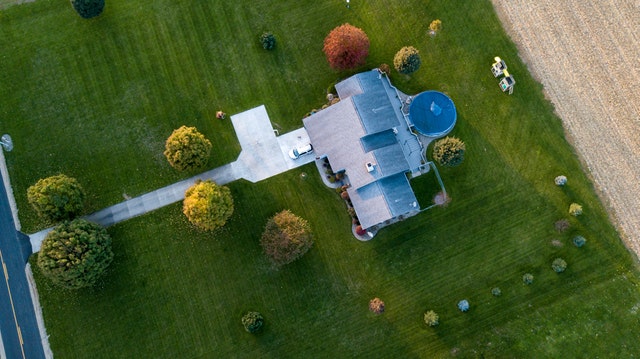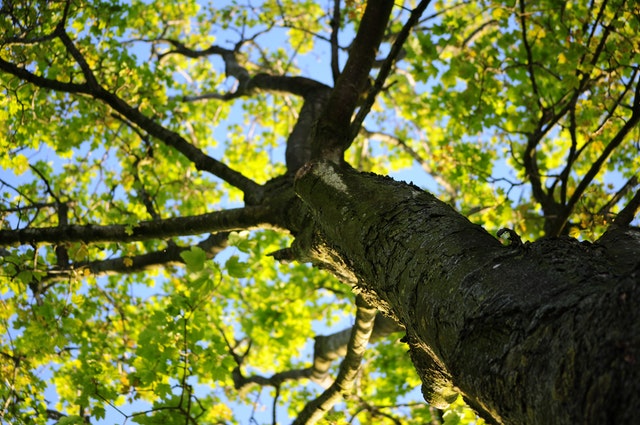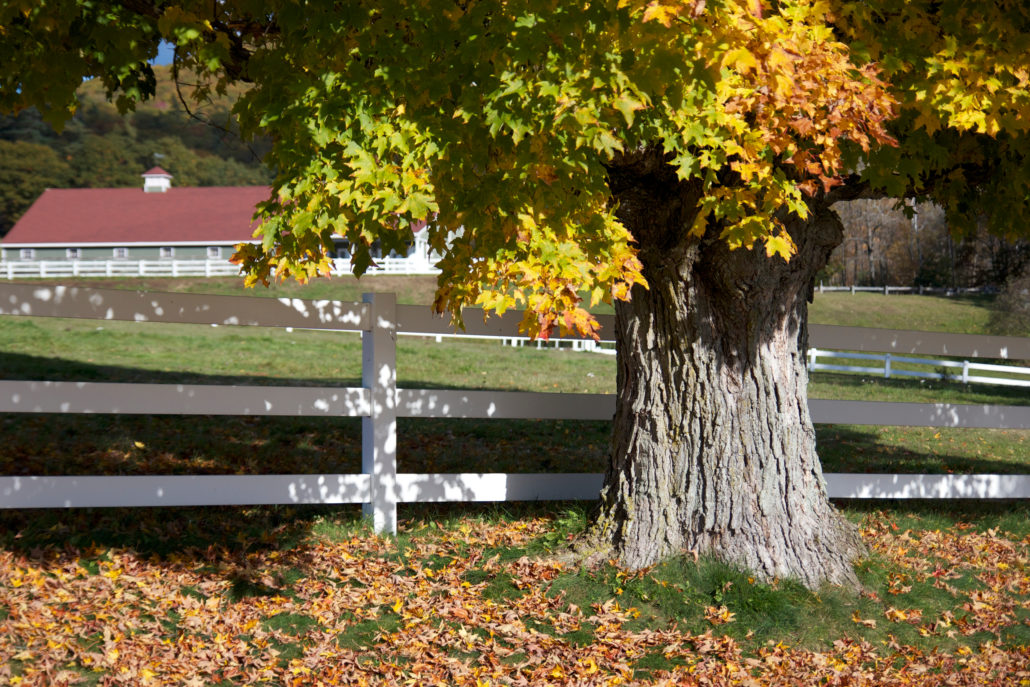A Simple & Easy Guide to Properly Watering Your Trees in Orange County
Trees are a vital part of our ecological system. They provide oxygen, improve air quality, contribute to climate amelioration, conserve water, preserve soil, and even support wildlife. On a more personal level, it helps to have trees around your property. They not only beautify your surroundings, but they also provide shade and tend to make the whole property a little more pleasant.
Taking care of your trees is paramount to ensuring that they stay healthy and stress-free for as long as possible. There is regular upkeep for your trees that you can practice to help maintain them for a very long time. If there’s one vital aspect of this upkeep that every homeowner can do, it is watering your trees properly. Watering your trees entails knowing the best time to do so, the amount of water you need, effective watering methods to employ, and the type of tree species you’re watering, among other things.
That said, here’s everything you need to know about how to water your trees properly. Follow our simple and easy guide to help your trees to thrive and live for as long as possible.
The best time to water your trees
The first step to consider is when is the best time to water your trees. There are no hard and fast rules when it comes to this step. Yet, you should consider the following information and factors:
1 – There’s no strict schedule for watering trees. However, the best time to water is usually in the morning or evening. This is the time when the roots have the best chance of absorbing most of the water.
2 – There’s also no specific frequency for watering trees. How often you should water typically depends on the size of your tree, soil conditions, and weather conditions. Know that newly planted trees require much more water than established ones.
3 – The best way to determine when trees need watering is to check the soil. Look for moist, not soggy, soil. Check the soil with a garden trowel to a depth of two inches, and if the soil is dry, your tree needs some water.

How much water should you give your trees?
When it comes to the amount of water for your trees, consider this rule of thumb: ten gallons of water are required for every inch of the tree’s diameter. Make use of a ruler at knee height to measure or use your best judgment. When watering a certain amount of water, consider the following tips:
1 – Slow and deep watering: Experts suggest that slow and deep watering is your best option, which is why drip lines are the preferred method of watering. For one, drip irrigation loses less water to evaporation as compared to overhead watering or sprinkler systems. This method allows the critical root zone to take up adequate moisture. When doing so, make sure to water the entire area beneath the tree’s canopy. As much as possible, the depth should be ten inches.
2 – Consistent watering: There’s no secret to this step. You just need to practice regular watering. This is because keeping the soil consistently moist is essential to healthy trees. Make sure not to allow the soil to dry out completely because it will make your trees stressed, which makes them more prone to disease and infestation.
3 – Watering all year round: It is important to water your trees year-round. Don’t forget to water your trees even during winter. Though they may be dormant, they are still growing. Make sure to water your trees, particularly when the air and soil temperatures are above 40°F.
Effective watering methods
The Davey Institute suggests that the best way to water trees is through the deep watering method. This helps to keep your trees hydrated, particularly during dry spells and prolonged drought. Here’s what you need to know:
1 – Deep watering method: Clearly, there is much more to your trees than what you see above the ground. The deep watering method entails delivering the water right to where trees need it the most – their roots. This method involves carrying water eight to twelve inches into the ground, instead of merely wetting the surface.
2 – Best way to water trees: Know that when you water the ground’s surface, much of the water evaporates before it even reaches the roots. The deep watering method is effective because it reaches the roots and has less water evaporation. Trees with shallow roots struggle to intake enough water from the top of the soil during dry periods and drought. Deep watering solves these problems. It encourages trees to grow a deep root system. It can also save you time and money while creating healthier trees.
3 – Watering plants can be good for YOU and your trees: Apart from the benefits your trees can get from watering them, it can be very therapeutic for you to be out in nature and watering your plants. You can incorporate some stretching or isometric exercises with your watering routine. While you’re at it, you can even scout your plants for insects, caterpillars, and other tree-related problems. Other than that, you can also work on your Vitamin D levels as you water the trees under the sun. Dealing with trees and communing with nature can bring a peaceful rest to your chaotic day.
The steps and valuable information outlined above can help you to properly take care of and water your trees. It is essential that you practice regular watering because you now know the benefits that it will give to your trees, yourself, and your property.
If you’re are looking to learn more about watering your trees properly, get in touch with a certified arborist in Orange County to see how we can help.


